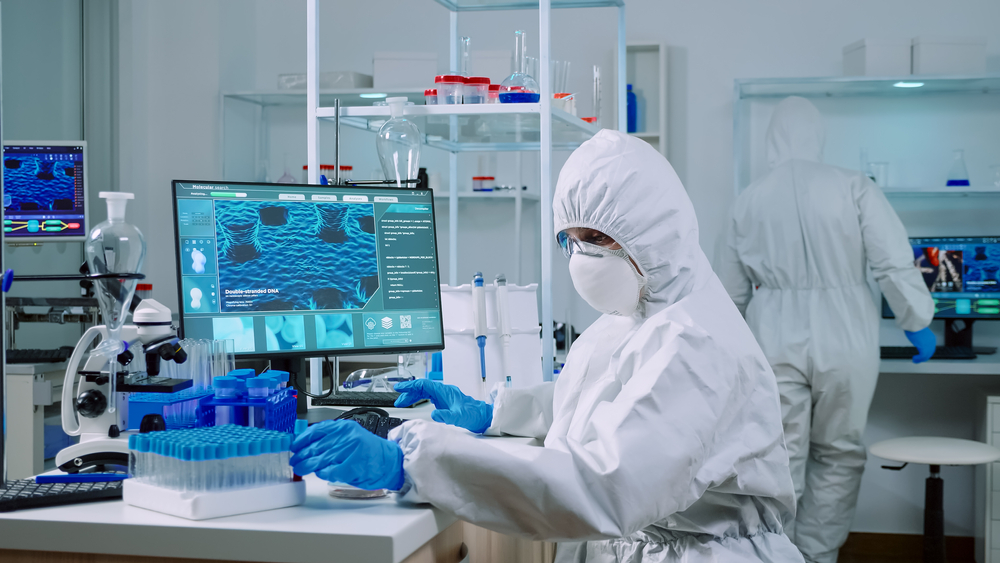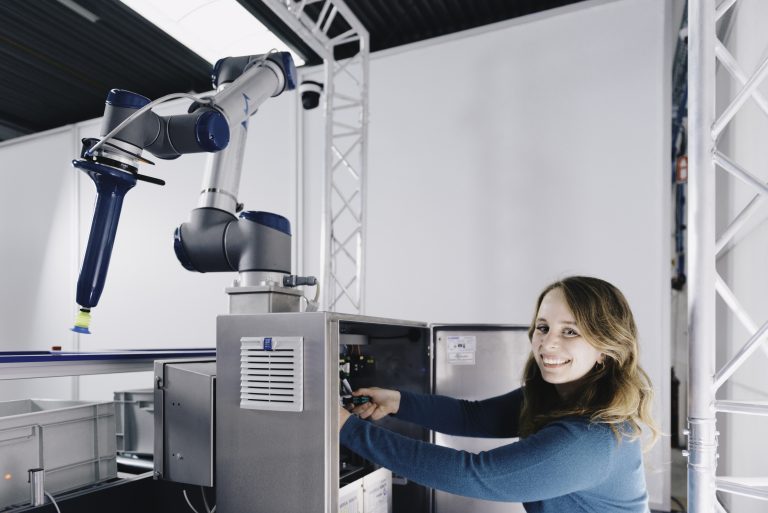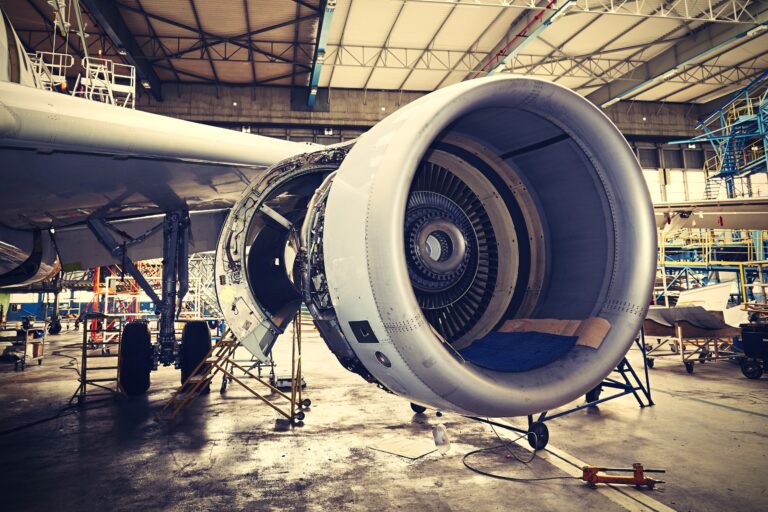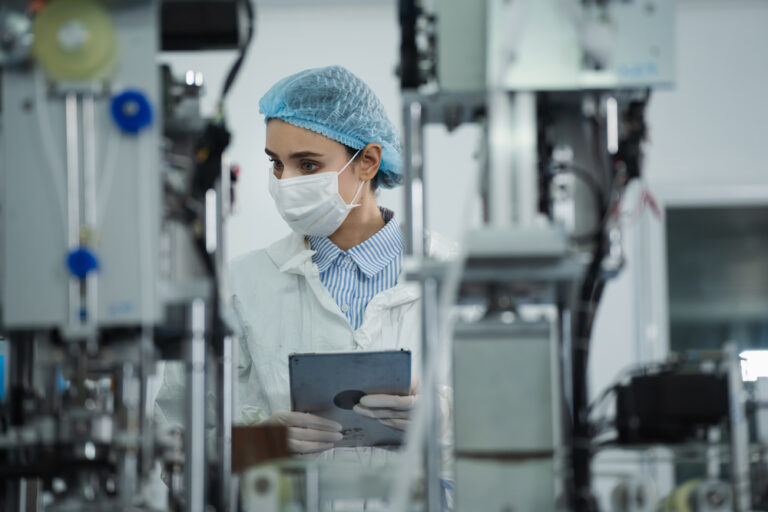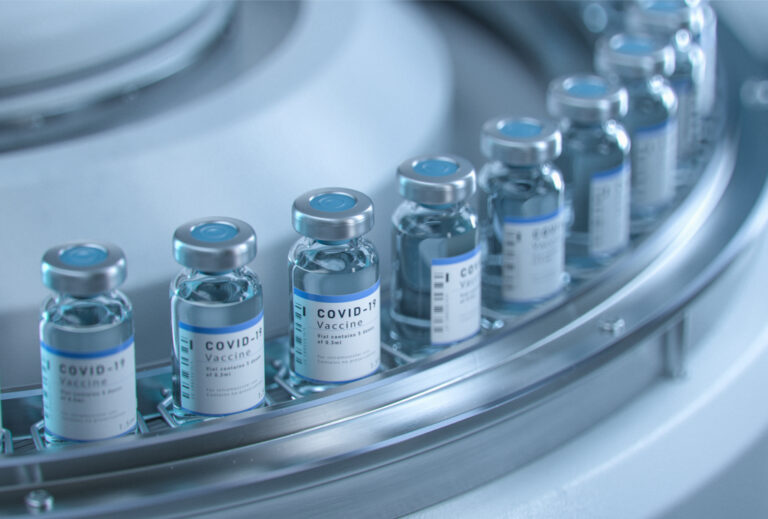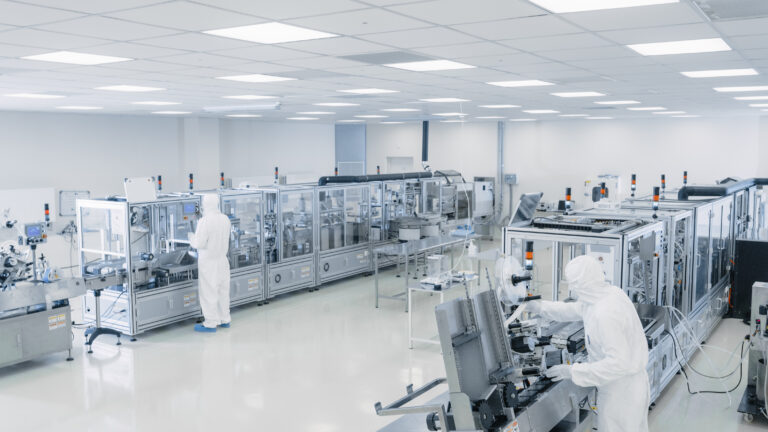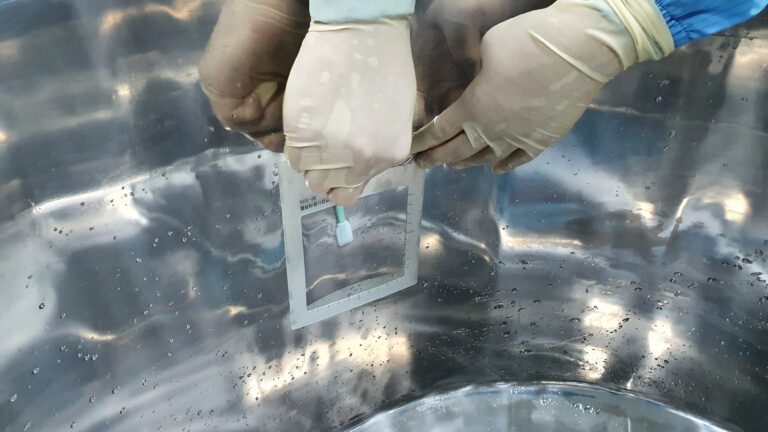After our introduction to how the pharmaceutical industry works, today we will be delving a bit further into how it is organized and the competences of the various departments these businesses tend to comprise.
Production Department
Production takes care of manufacturing the drug and packaging it. This involves a series of operations, processes, systems and machinery that vary depending on the type of drug (sterile or non-sterile, pharmaceutical form: solid, liquid, etc.). All of the equipment, processes, machinery and systems have to be compliant with the GMP regulations, ensuring the product meets manufacturing quality standards. How is this done? Based on equipment qualification (IQ, OQ, PQ, DQ, FAT/SAT) and process/system validation.
What goes on in the manufacturing stage also applies to packaging: All of the equipment and systems involved in packaging and serializing the drugs must be qualified and each process needs to be validated.
The Production Department keeps a record of any operations and controls carried out, and takes care of monitoring raw materials, intermediate products, bulk goods, packaging materials and operations, and end products.
This department is always carefully supervised by the Quality Unit, both QA and QC, throughout every step of the process.
Quality Unit
There are two departments in this Unit: Quality Assurance (QA) and Quality Control (QC).
- Quality Assurance. As its name suggests, this department takes care of ensuring quality standards are applied to raw materials, intermediate products, finished goods, operations, processes, staff and so on.
- It is up to them to approve or reject raw materials, packaging materials, semi-finished goods and end products.
- Managing the area’s documentation, drafting SOPs and drawing up Master Batch Records.
- Handling Deviations, Investigations, CAPAs and Change Controls.
- Coordinating a multi-discipline team to write Product Quality Review (PQR) reports.
- Handling claims and technical enquiries.
- Taking care of delivering training on Introduction to GMPs and Standards for document completion.
- Conducting Risk Assessments.
- Introducing process improvement points (KPIs) and adverse impact indicators (rework and claims), compliance with plans.
- Managing and conducting internal and/or external audits.
- Drawing up and managing the Site Master File.
- Defining and monitoring Plant Quality indicators.
- Quality Control. In charge of microbiological, physical-chemical and biological control of raw materials, intermediate goods and finished goods, as well as assessing end product stability. The activities they undertake include:
- Controlling and managing formal stability and in-process stability studies.
- Emitting stability protocols and/or any related documentation.
- Design activities, monitoring tests and conducting an initial assessment of analytical results.
- In terms of stability, collaborating with and supporting developments, technology transfers, etc.
- Conducting physical-chemical analyses to monitor stability in specialities both on the market and under development, using mainly the following analytical techniques: HPLC, GC, DSC, CCF, IR and UV spectroscopy, etc.
- Controlling the physical-chemical properties of Raw Materials, In-Process Products and End Products.
- Checking the microbiological analyses carried out on products (TYMC, TAMC, counts), production and cleaning waters, and room air monitoring.
- Inspecting related documentation (growth promotion test, identifications, autoclaves).
- Taking part in lab equipment validation and qualification.
- Assessing pharmacopoeia review changes.
- Drawing up and checking technical quality control documentation (SOPs, analytical methods, QPs, etc.), helping to enhance lab quality.
- Managing and overseeing lab records and benchmark standards.
Supply chain
This refers to the entire drug supply chain, which covers production planning, production, logistics, procurement, supply, storage and distribution, according to Good Distribution Practices or GDPs.
These are the functions they each take care of:
- Procurement
- Defining policies and procedures. Planning purchases with other departments to keep up the best ratios between sales, stock levels and number of options per work centre or department.
- Preparing the annual Procurement budget and analysing expenses.
- Identifying which suppliers offer the highest value in each case, constantly coming up with alternatives, anticipating requirements, monitoring prices and tracking trends to finalize orders at the right time.
- Supply
- Ensuring optimal stock levels at each warehouse to secure the plant’s production processes and customer orders.
- Coordinating, supervising and programming department projects to meet deadlines
- Transport y logistic
- Ensuring that all deliveries arrive on time.
- Selecting and dealing with service providers and suppliers, and negotiating product and service agreements.
- Taking care of balancing prime material shipment costs and contacting logistical operators to solve any invoicing issues.
- Storage
- Creating and updating warehouse documents: change orders, forms, non-conformities, auditing work.
- Data management: keeping all system information up to date and complete.
- Quality Assurance. In charge of activities to complete CAPAs and supervise that all activities required are completed in time.
Engineering Department
Pharmaceutical engineering takes care of viability studies, design (conceptual, basic engineering and detail engineering), optimisation, tendering, project management, plant qualification/validation.
Every plant is different and with each new project come new challenges. The reason is that products, capabilities, pharmaceutical form and the degree of automation vary from one to another. Each of these parameters is subject to specific regulatory demands that make the design different in each case. Plus, one given plant tends to produce several drugs, so the various elements in the process need to be combined to ensure optimal and versatile production, avoiding any chance of cross-contamination whilst ensuring compliance with the established standards.
There are various functions within the Engineering Department:
- Design functions. The design phase is generally divided into three stages
- Conceptual engineering. Based on the client’s initial requirements (products to be manufactured, pharmaceutical form, sales forecasts, areas involved, etc.), available facilities and applicable regulations, they propose how spaces and equipment should be distributed to guarantee manufacturing.
- Basic engineering. Picking up from the conceptual phase, they define all of the main and secondary equipment needed for production, where to locate it and what services are required.
- Detail engineering. After the work carried out in the first two phases, they fully define all of the facilities (down to the finest detail) so as to generate enough documentation to carry out the tendering phase.
- Tendering. Once the detail engineering is done, they proceed to issue all of the tender documentation needed to make a technical and financial comparison between the various bids submitted by installation companies.
- Optimization. It is common for processes, equipment and systems to become obsolete over time. Optimizing them to cut costs and save time is critical in ensuring business profitability. This stage is becoming more and more important as pharmaceutical process automation and digitization progresses.
- Qualification/validation. After installing and commissioning, there are a series of verifications and tests to ensure that the installation/equipment/process works as expected, evenly over time, with no negative impacts on end product quality and in compliance with the regulations.
- Engineering support in technology transfers, taking responsibility for purchasing, installing and qualifying new equipment and formats for production and packaging. Adapting existing equipment for new products by integrating new technologies.
- Drawing up GMP documentation (change control, user specifications and IQ/OQ protocols). Executing installations, commissioning, FAT/SAT and IQ. Technical support during OQ and PQ. Monitoring and support for deviations and CAPAs. Conducting risk assessments and supplier assessments.
- Collaborating with the Maintenance, Production and Ongoing Improvement Department to implement improvements in packaging equipment and production facilities geared towards boosting capacity and efficiency, enhancing process safety and/or quality.
Automation
Industrial Automation includes a whole series of smoothly synchronised elements carrying out functions such as industrial process control, sensorization, supervision and monitoring.
It is linked to Engineering and the two departments tend to be interdependent. Functionally speaking, it includes various levels:
- Field (sensors and actuators)
- Control
- Production supervision and control (SCADA)
- Information and business (MES and ERP)

Raquel Márquez,
Life Sciences Business Manager



